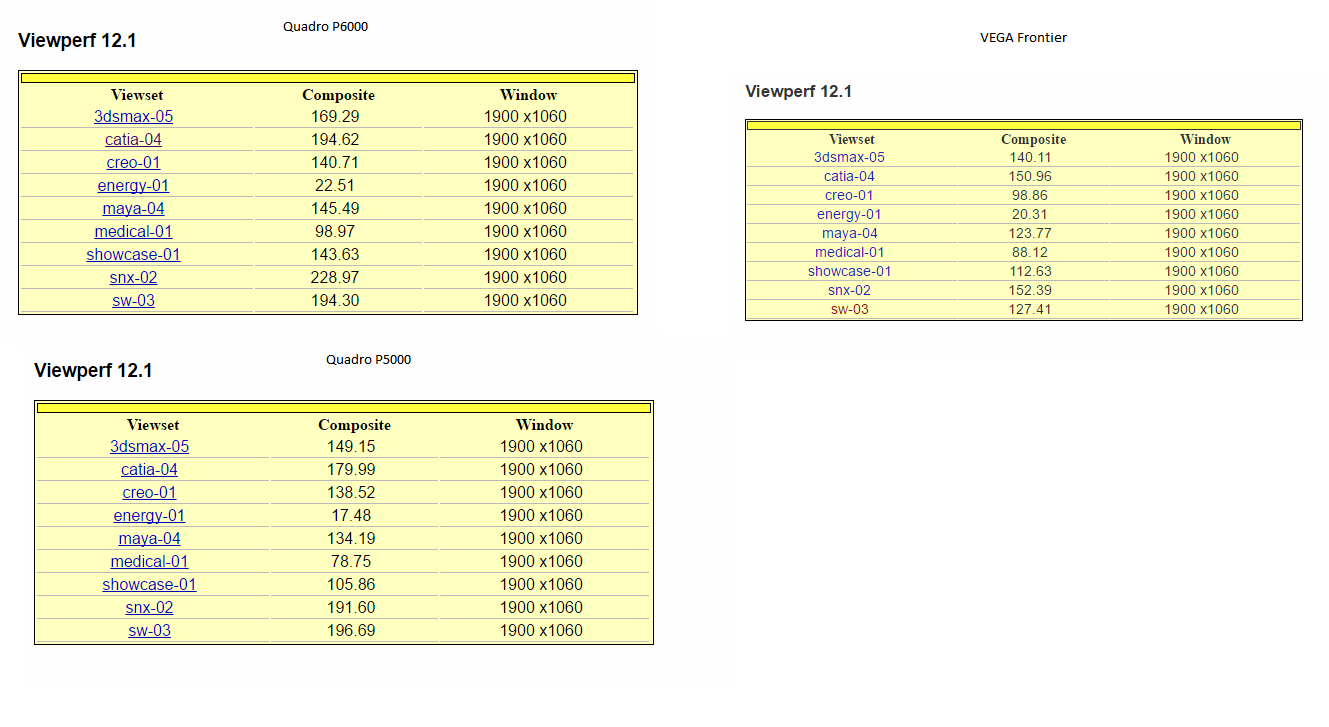That was one aspect of it, but the other was magical drivers built from the horns of unicorns to make Vega competitive against Nvidia with comparable hardware. That even with improved drivers Vega was unlikely to gain much more than 10% even after a year as that's never happened before. Simply because drivers can't have that much influence. Completely ignoring the part where it occurs somewhat regularly. I'm not expecting 654% across the board, but enough to get near Titan and possibly exceed with future features. More on par with the pro benchmarks and larger than usual gains over time.


